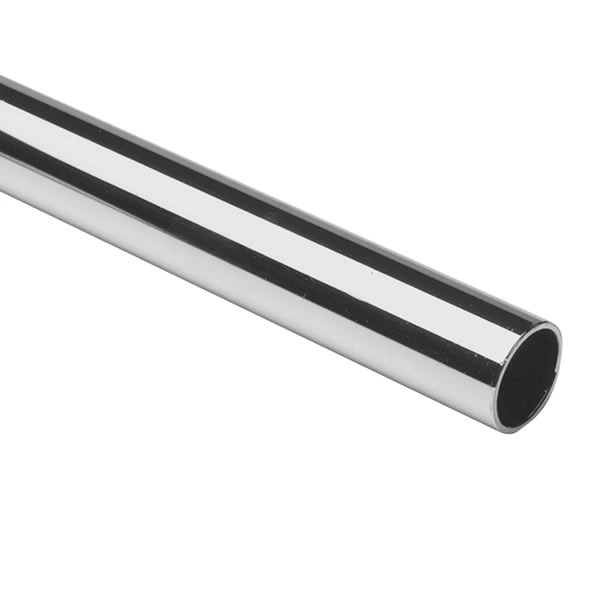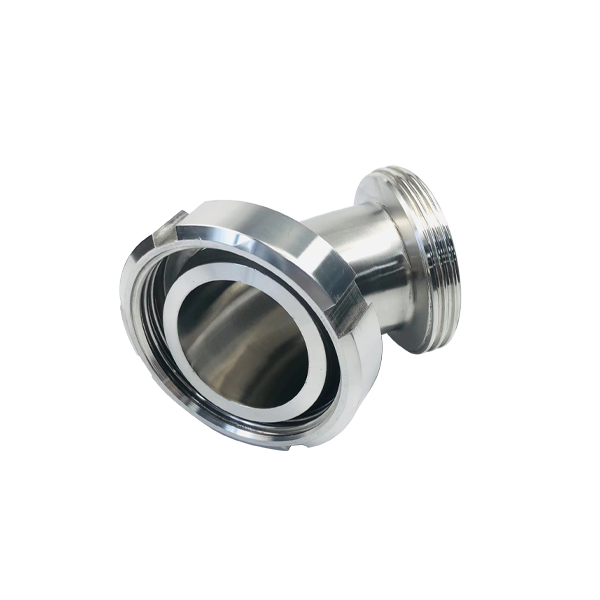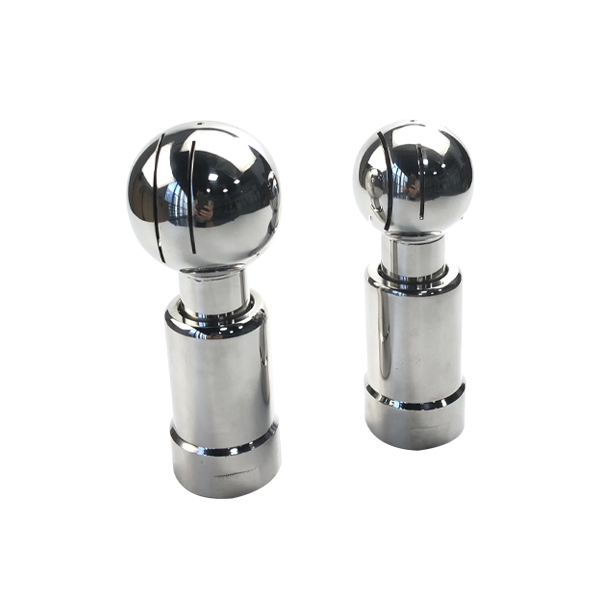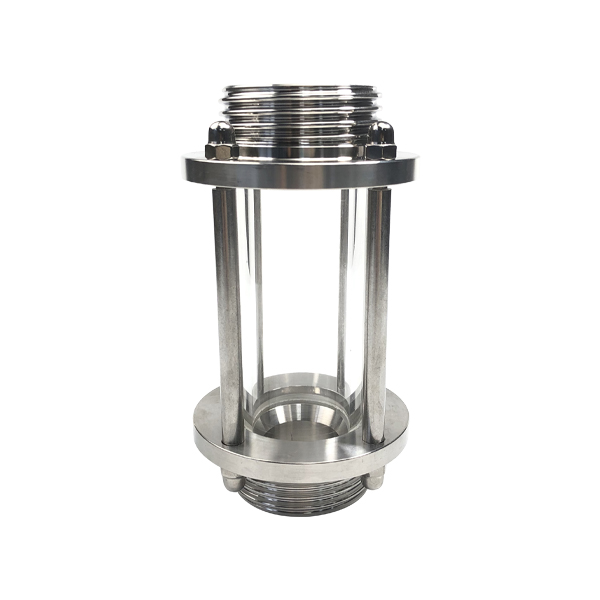VACUUM MIXING TANK
真空搅拌罐一般是立式混料罐,真空搅拌罐是将物料采用自流或真空抽入配料罐内,利用夹套通蒸汽或采用电加热方式进行物料加热,在真空或常压的条件下进行料液的配制,已达到目的的不锈钢配料容器。用于制药、生物工程、食品、饮料、果酒、调味品、精细化工、油脂等行业中。 一、真空搅拌罐结构组成 真空搅拌罐由罐体(筒体)、罐盖(封头)、夹套或盘管(加热、冷却循环)、上机械搅拌器(锚式、桨式、涡轮式等)传动装置(电
The vacuum mixing tank is generally a vertical mixing tank. The vacuum mixing tank uses gravity flow or vacuum to pump the materials into the batching tank. The jacket is used to pass steam or electric heating is used to heat the materials under vacuum or normal pressure conditions. The preparation of material liquid has achieved the purpose of stainless steel batching container. Used in pharmaceuticals, bioengineering, food, beverages, fruit wine, condiments, fine chemicals, oils and other industries.
1. Structural composition of vacuum mixing tank
The vacuum mixing tank consists of a tank (cylinder), a tank cover (head), a jacket or coil (heating, cooling cycle), an upper mechanical agitator (anchor type, paddle type, turbine type, etc.) transmission device (motor deceleration) Machine), shaft seal device (mechanical seal), support (platform, legs), insulation medium, etc. The vacuum mixing tank can add certain lytic enzymes or other mixing media during the batching process according to the requirements of the process. By adding a heating layer, insulation layer, cooling device, constant temperature control device, etc., the vacuum mixing tank can realize the heating, constant temperature, cooling, insulation and other process engineering required for reaction mixing, and can be equipped with electronic controls of different configurations according to the requirements of the degree of automation. box.
3. Structural characteristics of vacuum mixing tank
1. The material heating temperature of the vacuum mixing tank: ≤320℃. According to the temperature requirements and heating time requirements, different heating methods are selected, equipped with electric heating tubes of different powers or steam heat sources of different pressures or heat media of different temperatures. Using thermocouple and insulation or PID constant temperature control, the temperature difference of constant temperature control is ±≤1°. According to the needs, you can choose a digital display thermometer for temperature display, or be equipped with a temperature sensor with a temperature controller or use a two-point temperature measurement method for temperature control and display.
2. The vacuum mixing tank adopts vacuum inlet/outlet, and prepares the material liquid under vacuum conditions.
3. Vacuum mixing tank body: inner tank body is SUS304 or SUS316L; jacket is Q235-B or SUS304; outer insulation shell is SUS304. The inner surface is mirror polished, with fine polishing Ra≤0.4μm. The outer surface adopts mirror surface or 2B horizontal stripe plate. Jacket form: Different jacket forms are selected according to different heating methods, including full jacket, half-pipe jacket, and detachable jacket. Insulation material: Use filled pearl wool, rock wool or polyurethane to cast and foam to maintain the temperature difference with the outside world and achieve the effect of heat insulation. Surface treatment of the outer shell: mirror polishing or 2B primary color matt or 2B frosted matt.
4. The upper cover of the vacuum mixing tank: adopts two openable movable covers (lower inclined bottom structure, or lower conical bottom (or elliptical, butterfly-shaped head) structure) for easy cleaning, and upper and lower conical heads can also be selected. Structure or upper and lower elliptical (or butterfly) head structure. The inner surface is mirror polished (roughness Ra≤0.4μm), and the outer surface is mechanically polished to Ra≤0.8μm.
5. The bottom structure of the vacuum mixing tank: it is spun into an R-angle, welded to the inner tank body and polished to have no dead ends, and is tilted at 5° toward the discharge port, making it easy to discharge the material without leaving any residue.
6. Stirring device of the vacuum mixing tank: Center (eccentric) stirring on the top. The output shaft of the reducer and the stirring paddle shaft are connected by a detachable coupling, which is convenient for disassembly, assembly and cleaning. Stirring speed: 15~120r/min (fixed speed or customized); stirring paddle form according to process requirements: frame type, anchor type, paddle type, turbine type, etc. are optional or designed according to customer's special requirements.
7. Configuration of the vacuum mixing tank: electrical control box (including temperature meter, liquid level measurement, pressure display, switch, indicator light, spotlight switch, etc.), manhole, inlet and outlet, hot and cold medium inlet and outlet, spare port , cleaning port, sterilization port, sampling port, thermometer port, pressure gauge port, vacuum port, etc.
8. The process openings of each inlet and outlet of the vacuum mixing tank and the welding joints of the inner tank body are all made of flanging arc transition, which is smooth and easy to clean without dead corners, and has a beautiful appearance.





